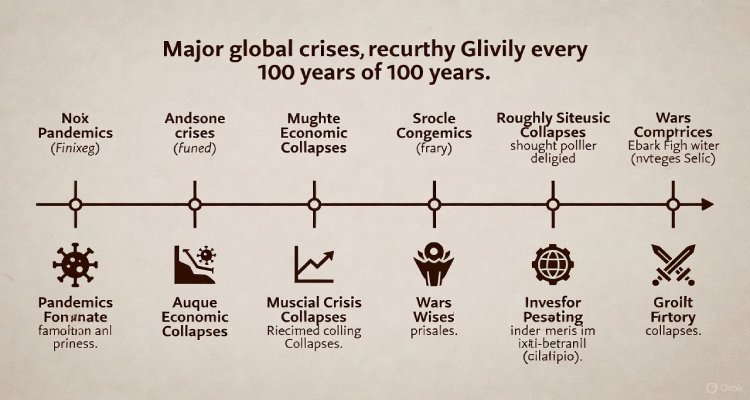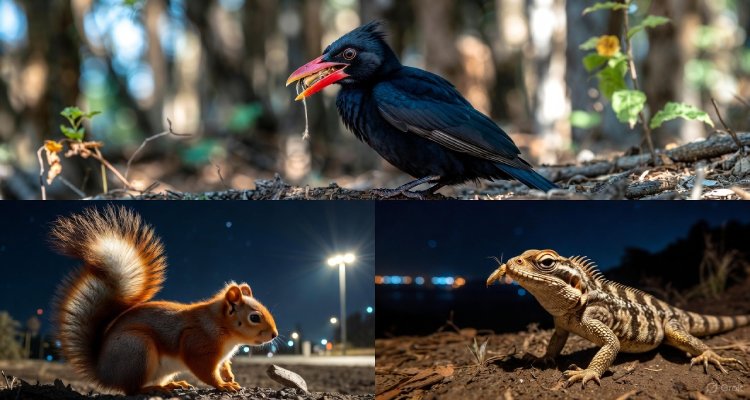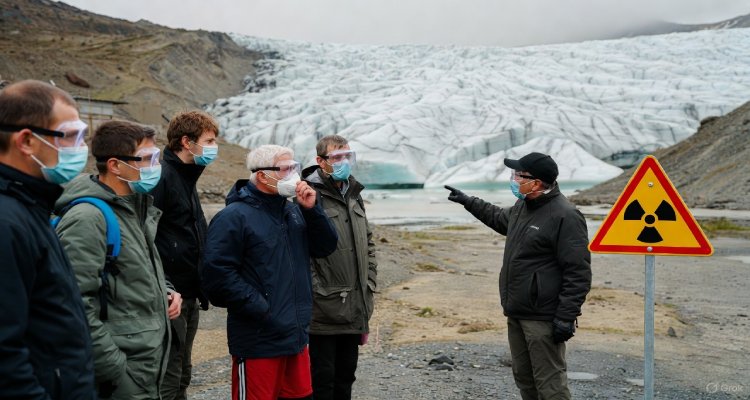The Animals That Only Appear on Certain Moon Phases
Some rare animals surface only during specific moon phases. Scientists explore how lunar cycles influence wildlife behavior and survival strategies.
Introduction – When the Moon Dictates Life
On a humid night in Madagascar, as the moon reached its silvery fullness, biologists noticed something remarkable: a species of brightly patterned moth that hadn’t been seen for months swirled into view. For centuries, fishermen, farmers, and nomadic tribes have told stories of animals that seem to vanish and reappear according to the moon’s rhythm. Now, science is uncovering just how deep this lunar connection runs.
Context & Background – Ancient Beliefs Meet Modern Biology
The idea that moonlight influences animal behavior is hardly new. Coastal fishing communities have long scheduled their expeditions around the lunar cycle, knowing certain species appear only when tides and moonlight align. In folklore from the Pacific Islands to the Amazon rainforest, stories abound of elusive creatures—crabs that surface only on a “black moon,” frogs that sing exclusively during the first crescent, and fireflies that flash in synchrony under a full moon.
Today, scientists are piecing together these traditions with modern research, revealing that lunar phases affect more than just tides—they can shape migration patterns, mating rituals, and even predator-prey dynamics.
Main Developments – Creatures of the Moon’s Calendar
1. Coral Spawning and Marine Synchrony
In the Great Barrier Reef, massive coral colonies release eggs and sperm simultaneously during a narrow window after a full moon. This precise timing boosts fertilization success while overwhelming predators. Researchers believe moonlight intensity and gravitational cues trigger this extraordinary event, which also draws in specialized fish species that arrive only during the spawning phase.
2. The Lunar Crabs of Christmas Island
The famous red crabs of Christmas Island time their mass migration to the ocean with the waning moon in November or December. Their reproductive cycle depends on releasing larvae into the water during high tide at night, when moonlight is minimal, reducing predation risk.
3. Moths and Night Birds
Certain moth species in Madagascar and Papua New Guinea emerge only under a waxing gibbous moon, their shimmering scales making them visible to potential mates but less so to predators. Similarly, the nightjar—a nocturnal bird—intensifies its feeding activity during brighter moon phases when insects are more active.
4. Amphibian Courtship Under Moonlight
In the Amazon, the túngara frog’s mating calls spike during specific moon phases. Under full moons, males congregate at water edges, creating a deafening chorus to attract females—yet these gatherings vanish entirely during new moons, likely to avoid nocturnal predators.
Expert Insight – Why the Moon Matters
“Animals have evolved to use the moon as a natural clock,” explains Dr. Leah Fernandez, a behavioral ecologist at the University of Cape Town. “It’s not just about light—gravity, tides, and even subtle magnetic shifts all change with the lunar cycle. For some species, missing the right moon phase means missing their only chance to mate or feed for months.”
Marine biologist Hiroshi Nakamura adds, “When humans talk about ‘once in a blue moon,’ for some animals, that’s literal. They may only appear during rare lunar alignments, making them even harder to study.”
Impact & Implications – Conservation Under a Lunar Lens
The delicate timing of these appearances makes many lunar-dependent species vulnerable to environmental change. Artificial light pollution can disrupt lunar cues, while climate change alters seasonal alignments. If coral spawning shifts just a few days away from its moon phase, survival rates can plummet.
For conservationists, this means protecting not just habitats, but the natural rhythm of light and darkness. In some regions, authorities have even experimented with temporary “dark sky” policies—turning off artificial lights during key lunar events to help wildlife navigate naturally.
Conclusion – Nature’s Celestial Schedule
From the deep oceans to tropical rainforests, the moon quietly orchestrates life in ways we’re only beginning to understand. For these animals, lunar phases aren’t just a backdrop to existence—they are the calendar, the signal, and sometimes the difference between life and extinction. As human activity increasingly disrupts this celestial harmony, preserving the night sky may prove as vital as protecting the land and sea.
Disclaimer: This article is based on scientific research, field observations, and expert interviews. Wildlife behavior can vary by species and location, and ongoing studies may reveal new insights.











